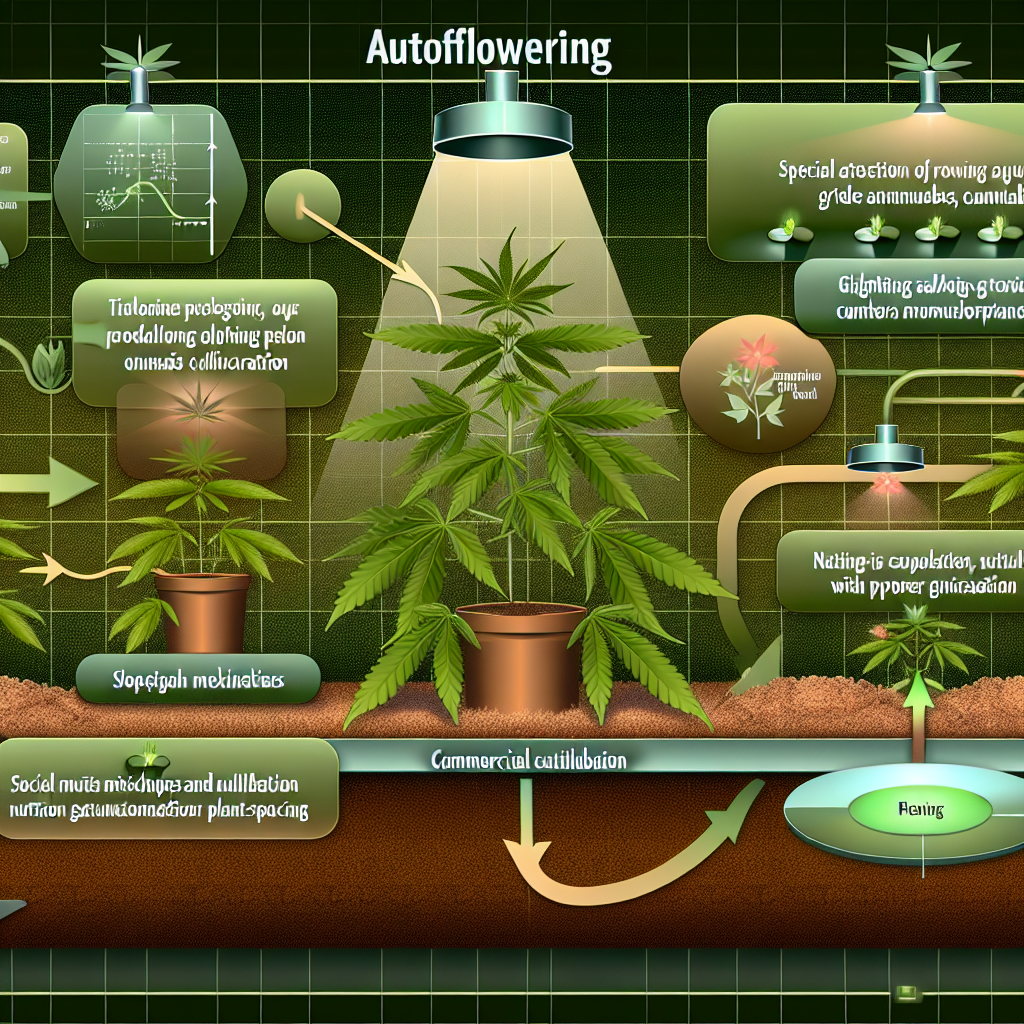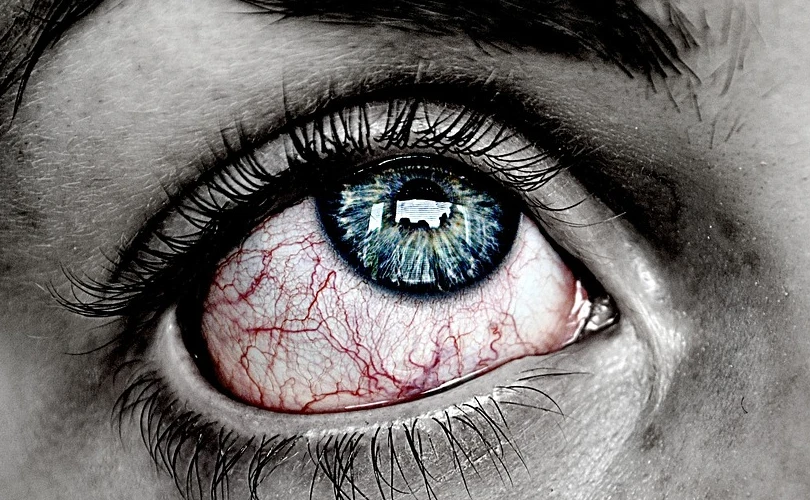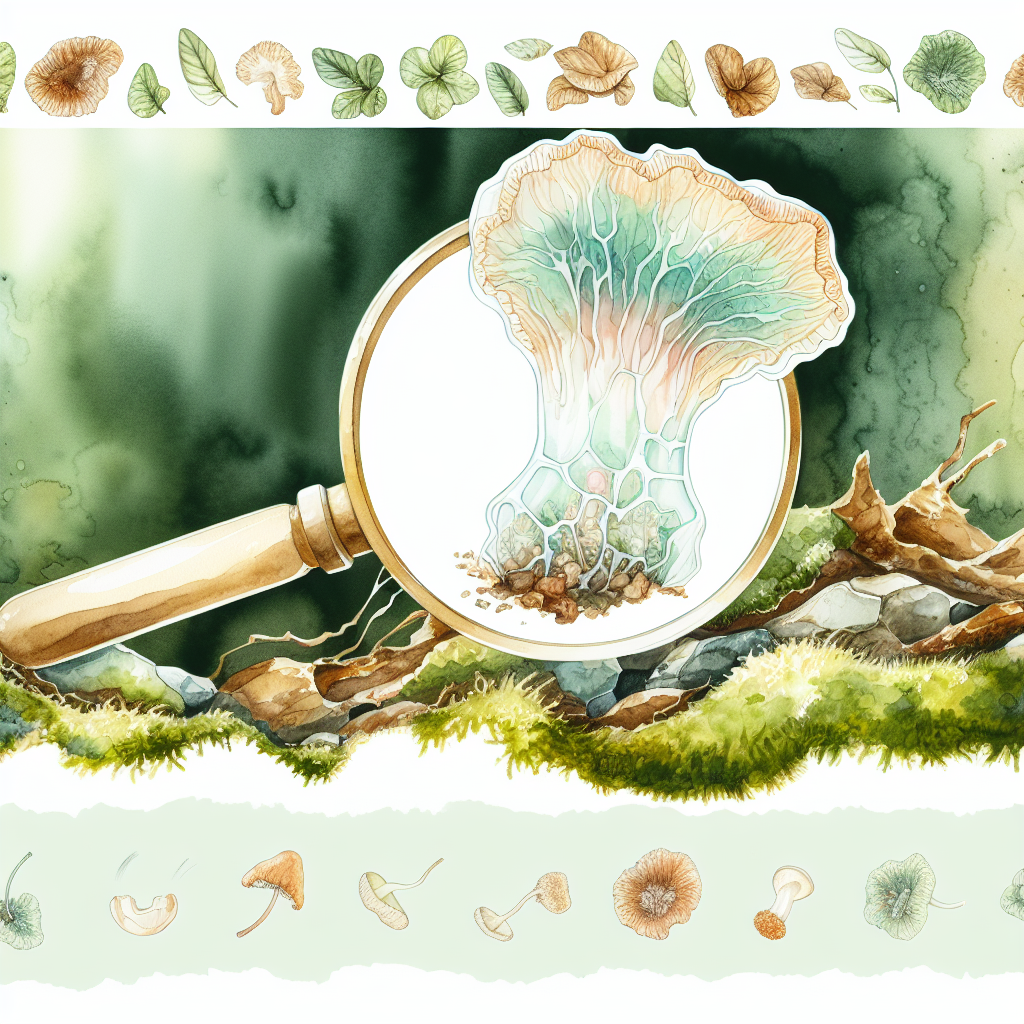Cannabis for Chemotherapy Side Effects: Patient Success Stories
Exploring real-life experiences and scientific insights behind medical cannabis as a companion treatment during chemotherapy.
Turning to Cannabis During Chemotherapy: A New Hope for Patients
Chemotherapy is widely used as a frontline treatment for various types of cancer, but its side effects can be debilitating and, for many, nearly as harrowing as the disease itself. Nausea, vomiting, loss of appetite, fatigue, pain, insomnia, and anxiety are just a few of the taxing symptoms cancer patients routinely face during treatment. As the search for more tolerable, holistic relief options expands, medical cannabis is increasingly emerging as a viable adjunct therapy. Particularly in regions and countries where cannabis is legal for medicinal use, patients are turning to cannabis not only to manage chemotherapy side effects but also to reclaim a sense of normalcy and control over their health.
With legalization gaining traction globally and scientific interest increasing, more cancer patients are sharing their compelling success stories involving cannabis. These narratives, though personal, reflect a larger trend that many researchers and clinicians are beginning to take seriously. From oral tinctures and edibles to vaporization and topical ointments, patients report that cannabis provides comprehensive relief without the often harsh side effects associated with pharmaceutical adjuncts.
One such example is the case of Sarah, a 45-year-old breast cancer patient from California. After her first chemotherapy cycle, Sarah struggled with relentless nausea and lost over 15 pounds in a matter of weeks. Traditional antiemetics failed to fully manage the symptoms. Upon the recommendation of a cannabis-friendly oncologist, she began low doses of a balanced THC-CBD tincture. Within days, her nausea decreased, her appetite returned, and her quality of life improved significantly. For Sarah, cannabis was not a miracle cure, but a crucial tool in her symptom management arsenal.
Stories like Sarah’s are becoming more common, and a growing number of oncologists are starting to advocate for medical cannabis as a complementary therapy. Despite lingering stigma and the need for more large-scale, peer-reviewed research, patient success stories continue to push the conversation forward. They are becoming vital contributions to a broader understanding of cannabis’s therapeutic potential and are helping shape more compassionate, effective paths for those enduring chemotherapy.
The Science Behind the Relief: Clinical Insights into Cannabis for Chemotherapy
Scientific research into the medical efficacy of cannabis for chemotherapy-induced side effects has accelerated over the last two decades. The National Cancer Institute acknowledges that cannabinoids have potential therapeutic benefits for nausea, appetite loss, and pain—all of which are common chemotherapy complaints.
One of the most cited areas of success in clinical studies is cannabis’s role in combating chemotherapy-induced nausea and vomiting (CINV). Dronabinol and nabilone, two synthetic THC analogs approved by the FDA, have been prescribed since the 1980s. In a 2015 meta-analysis published in JAMA (Journal of the American Medical Association), researchers found that cannabinoids were more effective than some traditional antiemetic medications in treating CINV, and patients were more likely to report complete symptom relief when using cannabinoids over placebos or dopamine receptor antagonists. [Read the full study]
Pain relief is another promising domain. A study published in the journal Pain in 2020 found that cancer patients using cannabis not only experienced a reduction in pain severity but also reduced their dependency on opioids—a significant consideration in the context of the ongoing opioid epidemic. [Study link]
Beyond physical symptoms, cannabis also appears to offer psychological benefits. Anxiety and depression, often exacerbated by cancer treatment, can significantly impact recovery. A 2019 study led by researchers from the University of Haifa found that cancer patients using cannabis reported improved emotional well-being and sleep quality. This was especially significant in patients experiencing insomnia due to pre-treatment anxiety or corticosteroid use. [Research Link]
More encouraging still is that cannabis does not appear to negatively interact with chemotherapy agents, though studies caution that more data is required. However, early-phase trials and individual case studies indicate a positive risk-benefit ratio for most patients. The Israeli Ministry of Health and Canada’s Health Services have both incorporated cannabis into official palliative care guidelines, recognizing its increasing credibility in oncology care.
Importantly, dosing, strain selection, and delivery method play a significant role in the effectiveness of medical cannabis. Strains high in THC are typically used for appetite stimulation and nausea, while strains rich in CBD may be preferred for reducing anxiety and enhancing sleep. Many patients benefit from a balanced 1:1 THC to CBD profile, allowing them to manage symptoms while minimizing psychoactive effects.
Looking Forward: Personal Stories and Science Drive Cannabis Policy in Oncology
Medical cannabis is emerging as a powerful ally for chemotherapy patients seeking relief from the treatment’s debilitating side effects. With scientific validation growing alongside rich anecdotal evidence, more patients and providers are considering cannabis not just as an alternative, but as a complementary solution. Patient stories serve as a testament to its potential and inspire ongoing clinical inquiry into how best to harness cannabinoids in cancer care. As policy evolves and research unfolds, cannabis may soon be standard supportive care in oncology protocols, giving patients a better quality of life when they need it most.
References
1. National Cancer Institute. Cannabis and Cannabinoids (PDQ®)–Health Professional Version.
[https://www.cancer.gov/about-cancer/treatment/cam/hp/cannabis-pdq]
2. JAMA: Cannabinoids for Medical Use: A Systematic Review and Meta-analysis.
[https://jamanetwork.com/journals/jama/fullarticle/2338251]
3. Pain Journal: Medical cannabis and reduction in opioid use in pain management.
[https://journals.lww.com/pain/Fulltext/2020/03000/Medical_cannabis_and_reduction_in_opioid_use_in.7.aspx]
4. Frontiers in Psychiatry: The Effectiveness and Safety of Medical Cannabis in the Treatment of Cancer-related Symptoms.
[https://www.frontiersin.org/articles/10.3389/fpsyt.2019.00373/full]
5. Health Canada: Information for Health Care Professionals on Cannabis (Marihuana, Marijuana) and the Cannabinoids.
[https://www.canada.ca/en/health-canada/services/drugs-medication/cannabis/information-medical-practitioners.html]
Concise Summary:
Medical cannabis is emerging as a powerful complementary therapy for cancer patients undergoing chemotherapy. Patients are reporting significant relief from common side effects like nausea, vomiting, appetite loss, pain, and anxiety. Scientific research supports these anecdotal successes, with studies showing the efficacy of cannabinoids in managing chemotherapy-induced symptoms. As legalization and clinical interest grow, medical cannabis is poised to become a standard part of supportive care in oncology protocols, improving quality of life for those enduring this challenging treatment.




